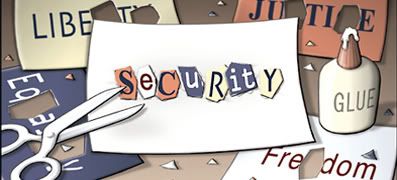I am unaware of any water based automotive paint. I work in the yacht industry where catalyzed urethane is the norm. I have a great friend who has been a pro painter for over 20 years. Water is not in automotive paint. At least not that I know of.
It's in house paint. It's in tempera and in some acrylics. Spray can acrylic (this is a sticky about spray painting right?) is alcohol base--not water base.
To the best of my knowledge (and I have been in the industry since 1983) there is no water based lacquer or urethane.
This glaring mis-statement of fact (which I highlighted in red) makes me seriously doubt the depth or breadth or your knowledge.
Water is the bane of an automotive/yacht painter's existence. I have shot plenty of urethane I can tell you that even too much ambient humidity will effect the finish.
The vehicle in urethanes, enamels and lacquers is always solvent--generally petrochemical based solvent.
Only in acrylic enamels like those used to paint a house will you find water listed as one of the vehicles. Certain cyanoacrylate finishs are "waterborn" and in general if you see the word acrylic on the label you will see water listed as a vehicle.
The thinner for auto paints would be water not lacquer thinned if what you say is correct. And that is not the case. Next time trying cleaning your spray gun with water after shooting a car and see how that works for ya.
Just thought that was worth bringing up.
Another statement I have issues with is your blanket statemnet that rubbing compound causes loads of scratches. All I can wonder is what you were trying to use?
After a million dollar paint job on a yacht guess what the final step is? Buffing with rubbing compound. It comes in a variety of grits and the final grits leave the surface like a mirror. Especially if working with catalyzed urethane color sanding following by buffing followed by clearcoat and/or carnuba is the way to go.
I am a little surprised no one here pointed out these points before me.

I can see Hare and some others here know their way around a paint job. Am I wrong?







 Reply With Quote
Reply With Quote










 i7 920@2.8
i7 920@2.8  X3220@3.0
X3220@3.0 X3220@2.4
X3220@2.4  E8400@4.05
E8400@4.05  E6600@2.4
E6600@2.4

Bookmarks